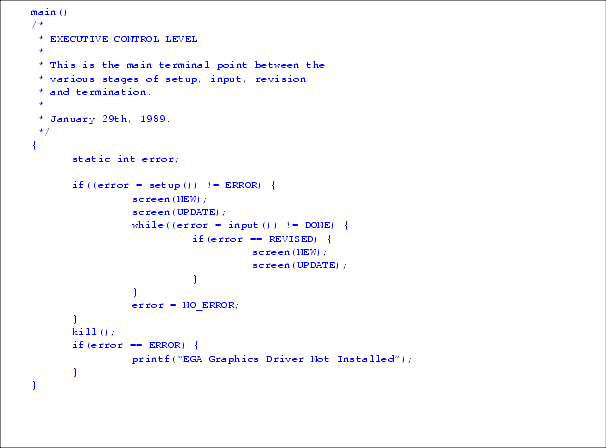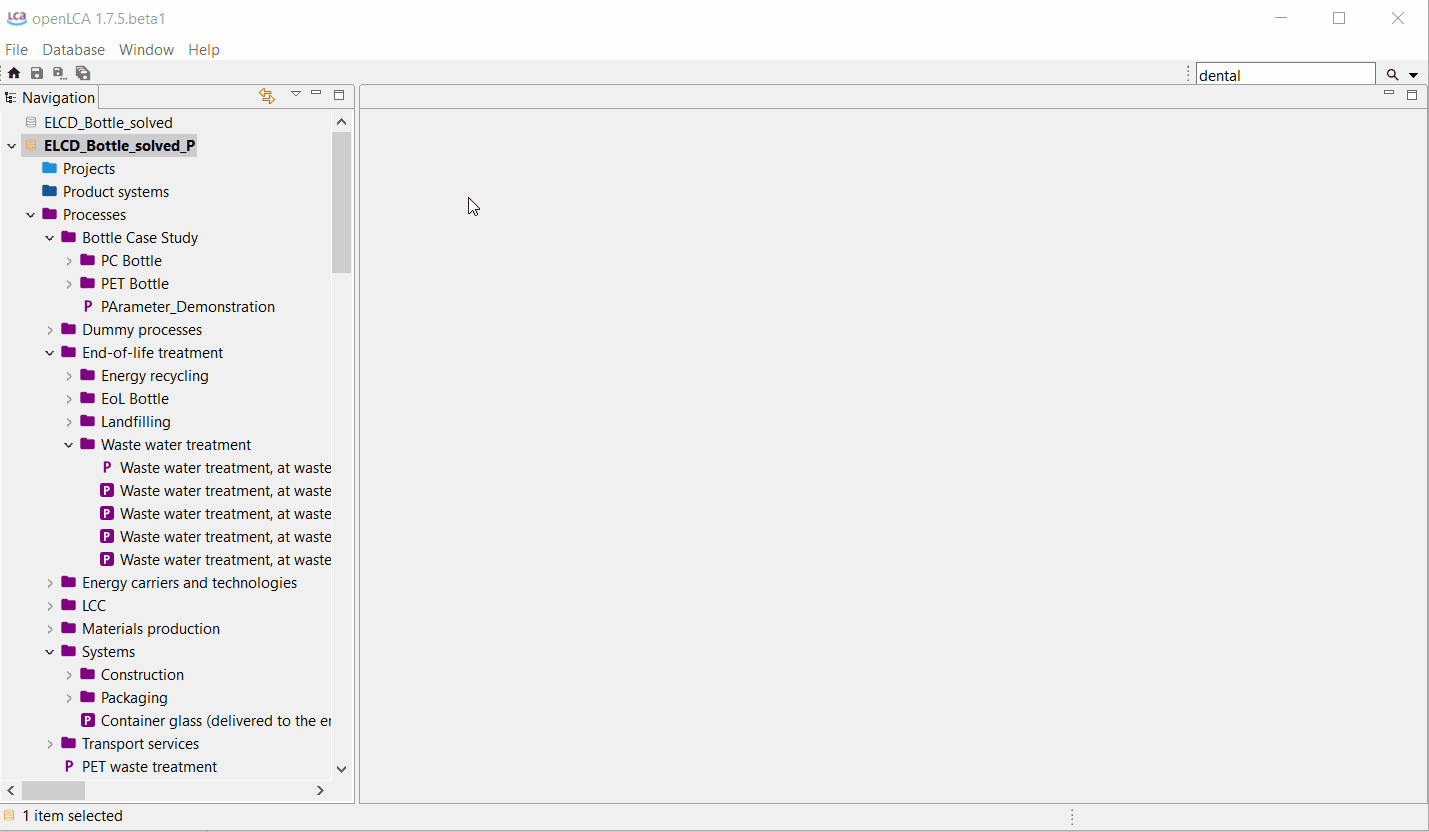


Progress toward commercial application of electrochemical carbon dioxide reduction. What would it take for renewably powered electrosynthesis to displace petrochemical processes? Science 364, eaav3506 (2019).Ĭhen, C., Khosrowabadi Kotyk, J. Climate change mitigation potential of carbon capture and utilization in the chemical industry. Katelhon, A., Meys, R., Deutz, S., Suh, S. Terawatt-scale photovoltaics: Trajectories and challenges. 2017 Wind Technologies Market Report (US DOE, 2018).

et al.) (World Meteorological Organization, 2018).ĭavis, S. A techno-economic analysis of the two-step conversion process and cradle-to-gate lifecycle assessment shows the economic feasibility and improved environmental impact of a high-volume commercial process generating acetic acid and ethylene compared to the current state of the art. In this Perspective, the progress towards high-rate CO conversion is shown alongside mechanistic insights and device designs that can improve performance even further. Recent studies have shown that CO can be electrochemically transformed further to C 2+ at high reaction rates, high C 2+ selectivity and inherently improved electrolyte stability, raising the prospect of a two-step pathway to transform CO 2. Electrochemically converting CO 2 to single-carbon products is much more effective and being commercially deployed. However, the direct synthesis of multi-carbon (C 2+) products suffers from undesired side reactions and relatively low selectivity. The electrochemical conversion of carbon dioxide to value-added chemical products has been heavily explored as a promising strategy for carbon utilization.


 0 kommentar(er)
0 kommentar(er)
